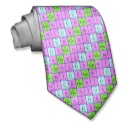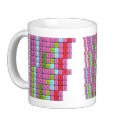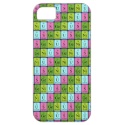|
|
Reference type: Journal
Authors: Sellergren B
Article Title: Molecular imprinting by noncovalent interactions - enantioselectivity and binding-capacity of polymers prepared under conditions favoring the formation of template complexes.
Publication date: 1989
Journal: Makromolekulare Chemie-Macromolecular Chemistry And Physics
Volume: 190
Issue: (11)
Page numbers: 2703-2711.
DOI: 10.1002/macp.1989.021901104
Abstract: A molecular imprinting procedure based on electrostatic and hydrogen bonding interactions was developed, resulting in polymers of high selectivity for complexing of L-phenylalanine anilide. The polymerization conditions were chosen in such a way that the formation of solution complexes between methacrylic acid (MAA) and the template (L-phenylalanine anilide) prior to polymerization would be favored. Thus, by increasing the ratio of MAA to the crosslinker (ethylene dimethacrylate, EDMA), polymers of a higher enantioselectivity and binding capacity were obtained. In the chromatographic mode, a high chiral separation factor (a = 3,4) was observed even for polymers prepared in presence of nearly 50 mol-% MAA in the monomer mixture. However, the use of polymers prepared by initiating at a lower temperature (40 instead of 60°C) and polymers prepared using porogens of lower polarity (benzene instead of acetonitrile) only resulted in higher capacity factors (K'). The association constant for the binding of L-phenylalanine anilide to the sites of an imprinted polymer as well as the number of accessible sites of the latter were estimated from a binding study using a batch and a chromatographic procedure
|


 Genius periodic table name tie
Genius periodic table name tie







 Chocolate biscuit periodic table mug
Chocolate biscuit periodic table mug







 Genius periodic table iphone 5 case
Genius periodic table iphone 5 case






